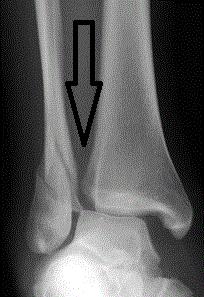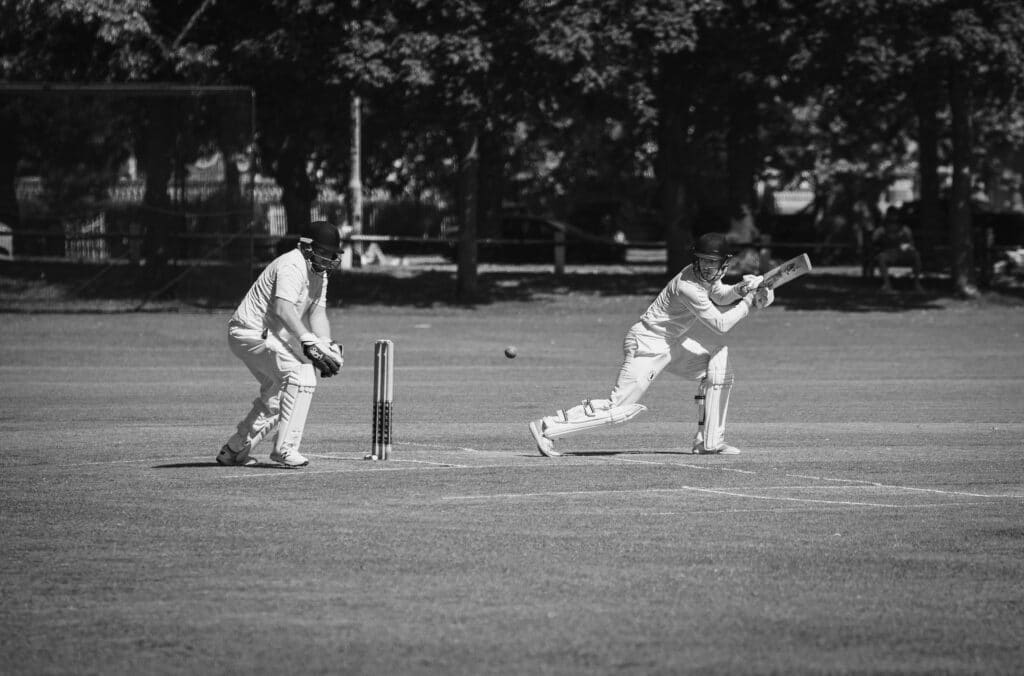Syndesmosis Injury – High ankle sprains
What we’ll cover
Syndesmosis Injury – High ankle sprains
Having the football on our TV’s is a fantastic way to pass the time on the weekends during lockdown 2.0. However, there has been extensive commentary on the risk of injuries to the players considering this season is like no other. Due to the interrupted year from COVID-19, players went from completing full preseasons to taking time off training for several months. Now that football has recently returned, the number of injuries has skyrocketed and has club medical staff across the entire competition worried. One such injury is unfortunately becoming more prevalent and that is a “Syndesmosis Injury”. Our physiotherapist Vernon Mittal explores what exactly this injury is.
Syndesmosis injuries, also known as “High ankle sprains” are on the more serious spectrum of a sporting ankle injury. They make up of approximately 10% of all ankle sprains.
What is the syndesmosis?

The syndesmosis is a joint formed between the distal fibula and tibia (end of the shin bones). It is supported by ligaments and connective tissue (interosseous membrane).
How does a high ankle sprain occur?
Typically, to disrupt the structures supporting the syndesmosis, a high amount of force is required, more than your usual rolled ankle. This force comes from when additional body weight falls onto the already wedged ankle (i.e. tackle).
The most common mechanism of injury is when the ankle is externally rotated (toes facing away from you) and another player/your bodyweight falls onto the ankle (as circled below). This causes the tibia and fibula to forcibly separate causing injury to the ligaments and connective tissues between.
Sports involving large movements (running, jumping, tackling, landing, change of direction) are at higher risk of developing this injury. These typically include AFL, soccer, basketball, American Football and Ice-Skating.

How do you know if you have a high ankle sprain?
If your physiotherapist suspects this injury, they will conduct in-room special testing to distinguish between a low grade ankle sprain and a syndesmosis injury. Understanding your story and the potential mechanism of your injury plays a critical role in diagnosis.
It is also important to rule out bony injury such as fracture of the tibia or fibula (shin bones). Your physiotherapist may order further investigations such as an X-ray or an MRI to assess the severity of ligamentous/soft-tissues damage and rule out any risks of fracture.
Classification
There are different grading systems to assess the severity of an syndesmosis injury:
Grade I: Mild symptoms present. No fracture and stable syndesmosis joint. Mild ligamentous injury.
Grade II: Moderate ligamentous injury. No fracture and typically a stable syndesmosis joint
Grade III: Complete rupture of supporting ligaments. Unstable syndesmosis joint. Surgery is required
How do you treat a high ankle sprain?
As discussed above, the severity of the ankle sprain will often dictate the most effective treatment option.
Conservative
Physiotherapy rehabilitation can successfully treat Grade I and Grade II injuries as they have mild-moderate ligament damage with no fracture or significant syndesmosis joint instability. Since they are on the higher scale of ankle sprains, it may take approximately 3 x longer to rehab than your traditional “rolled ankle”.
Timeframes can range from 6-10 weeks depending on your presentation.
Surgical
For grade III injuries, surgery is the only option to stabilize the already unstable syndesmosis joint. Since your ligaments are significantly damaged, it can no longer protect the joint so inserting external screws is critical.
Outcomes are very good post surgically as physiotherapy rehabilitation is done to ensure a full recovery.
Timeframes can range from 12-15 weeks after surgery.
What to do if you have an ankle sprain?
Following an ankle sprain, your physiotherapist is well placed to assess and identify the best option for treatment.
If you are suffering from pain around your shin or ankle, feel free to call our team or book online.

